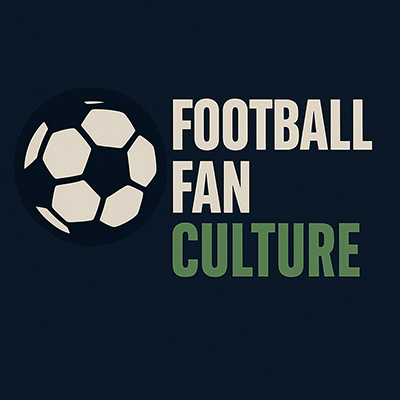Full-backs and future stars: the issues facing Lionesses before World Cup bid
Attention has quickly turned towards Brazil 2027, but how will Sarina Wiegman’s team evolve before then?
The shiny ticker-tape had not even been cleared from the pitch at St Jakob-Park when the gauntlet was thrown down. As England celebrated their Euro 2025 triumph, King Charles wrote on the royal family’s Instagram account: “Well done, Lionesses. The next task is to bring home the World Cup in 2027 if you possibly can!” No pressure, then.
The short-term future for England players will centre around two things; a holiday – unless you are a National Women’s Soccer League (NWSL) player like Jess Carter, who had to fly straight back to the US to play club football – and more accolades, the latest of which came on Friday as the National Football Museum announced every squad member and Sarina Wiegman will all be inducted into their Hall of Fame. More awards will surely follow but, eventually, everyone will catch up with the king’s mindset and focus attention on 2027.
Newport’s David Hughes: ‘Let’s not look over the fence at what other people have’
After three years at Manchester United’s academy, 47-year-old is adapting to life as a League Two manager
‘I don’t want to name- drop,” says David Hughes, the Newport County manager, mindful of his reply to a question about the coaches who have shaped his career to this point, and whether he canvassed their opinion before taking the job this summer. The 47-year-old has spent the past three seasons at Manchester United, in an instrumental academy role as a development-phase coach, and prior to that worked at Aston Villa, Cardiff, clubs for whom he also played, and Southampton. This may be his first real shot at frontline management – aside from a few months in charge of Barry Town more than two decades ago – but he is anything but inexperienced.
The close season always brings change but it is hard to imagine a starker shift than Hughes swapping a global institution for Newport, with one of the smallest budgets in League Two. He has added two performance analysts to his team but it is a skeleton operation compared to United’s academy structure, where he worked closely with Nick Cox, who is moving to Everton as their technical director. “Big, big clubs have huge numbers of staff, different levels of responsibility and accountability,” Hughes says. “But we’re really pleased with our small staff. We came back for pre-season and the goals were green from last season, so we went out as staff cleaning the goalposts and I’m thinking: ‘We’ve got a team here.’ Everybody’s prepared to muck in.”
Scottish football clubs owe more than £22m to government in Covid loans
-
11 clubs have repaid only £2.78m up to March 2025
-
Rangers owe £2.78m and Aberdeen more than £2.7m
More than £22m in Covid-related loans from the Scottish government to football clubs remained outstanding at the end of the last financial year, it has been revealed following a Guardian freedom of information request on the eve of a new Scottish Premiership season.
Eleven clubs, then all in the top flight, opted to take interest-free loans totalling £25.26m in 2021 to assist with business recovery from the pandemic. While terms on the loans mean full repayment is not due until 2042, the scale of moneys still outstanding is likely to turn heads as many top-flight outfits continue to spend freely and receive decent transfer fees for players. Several clubs have also received significant European revenues over recent seasons. Clubs lower down the Scottish football food chain also received Covid grants. Two of them, Inverness Caledonian Thistle and Dumbarton, have subsequently entered administration.

